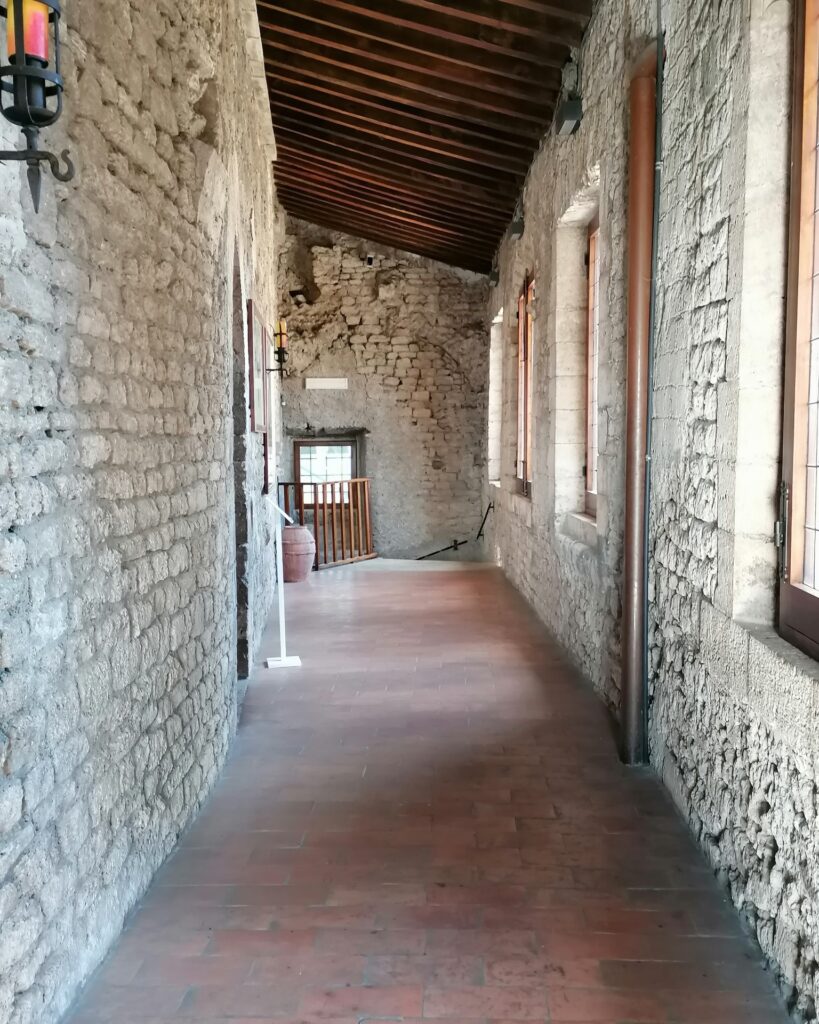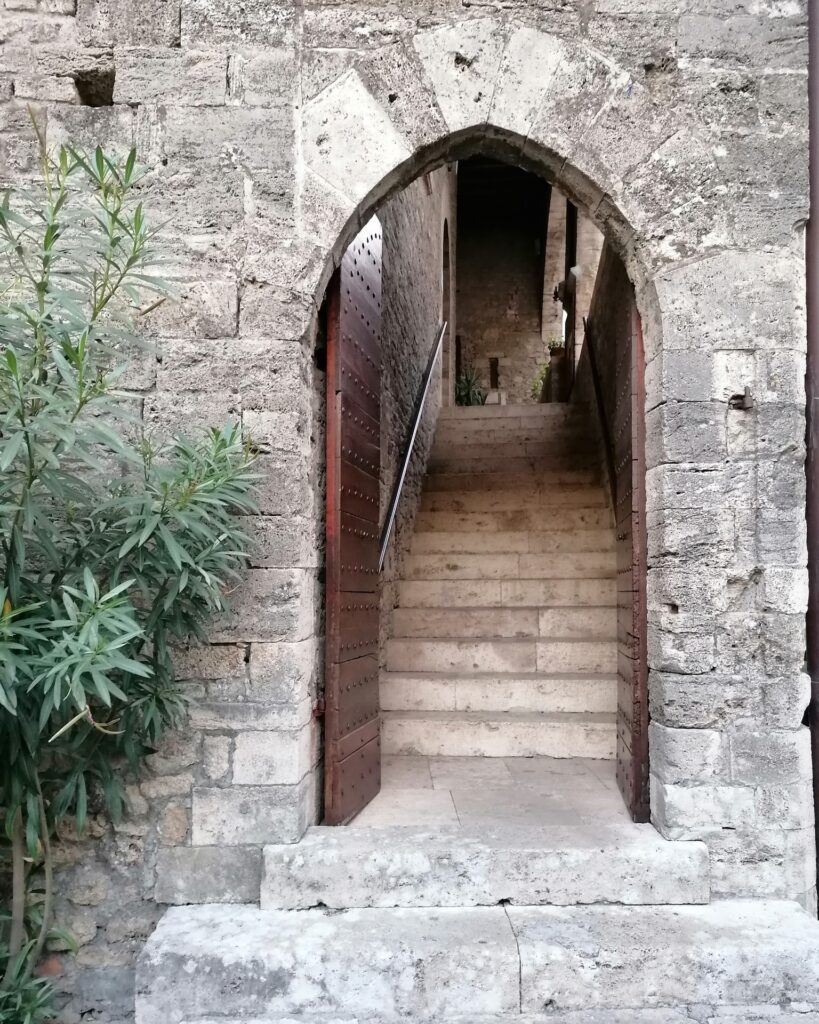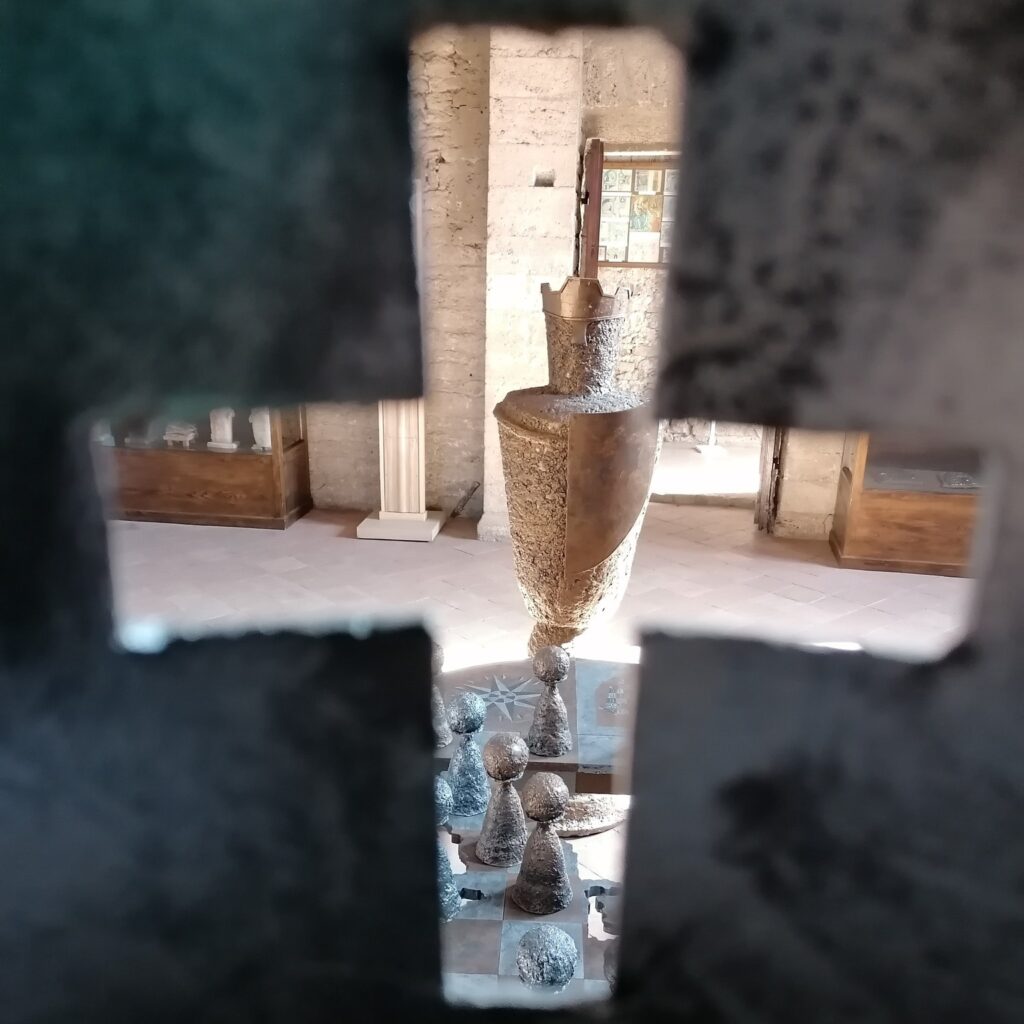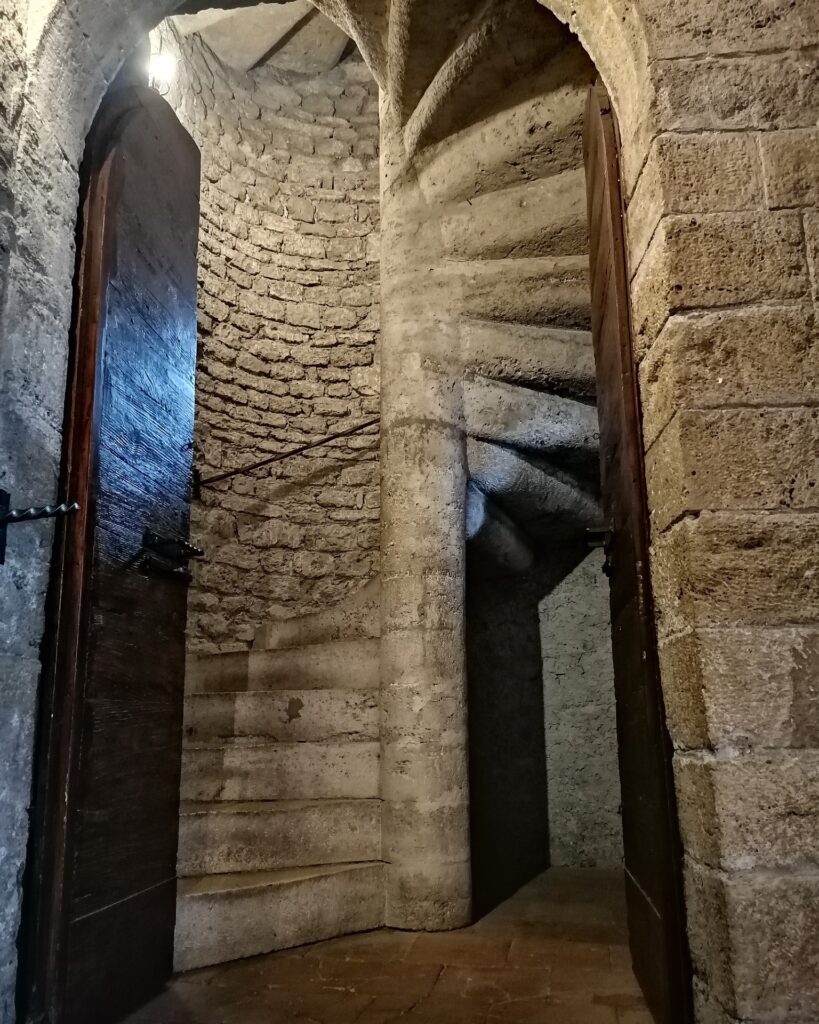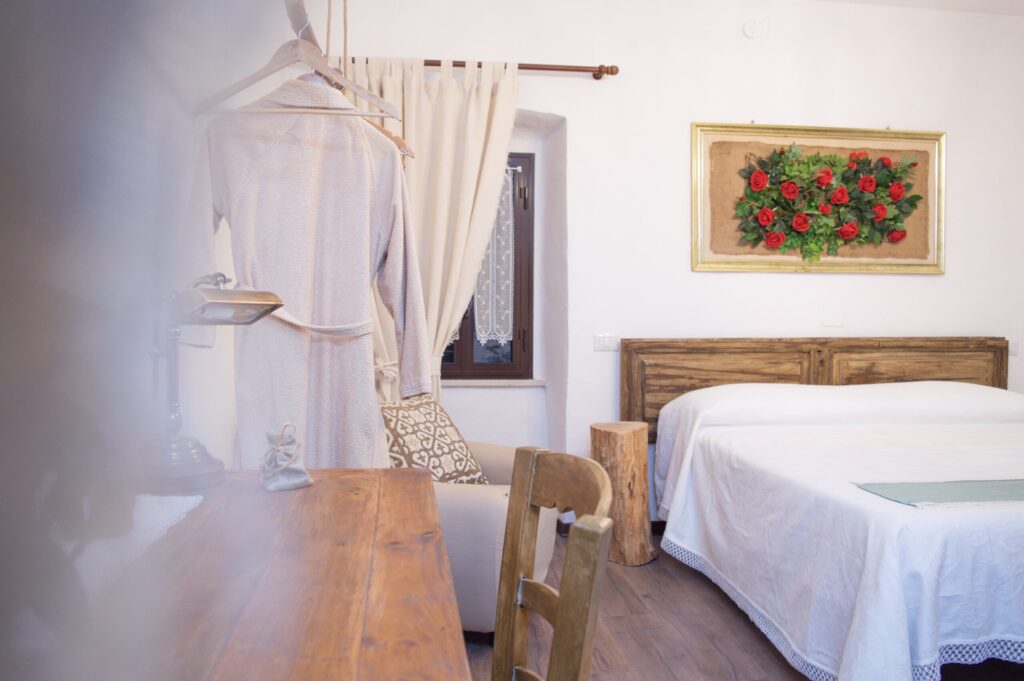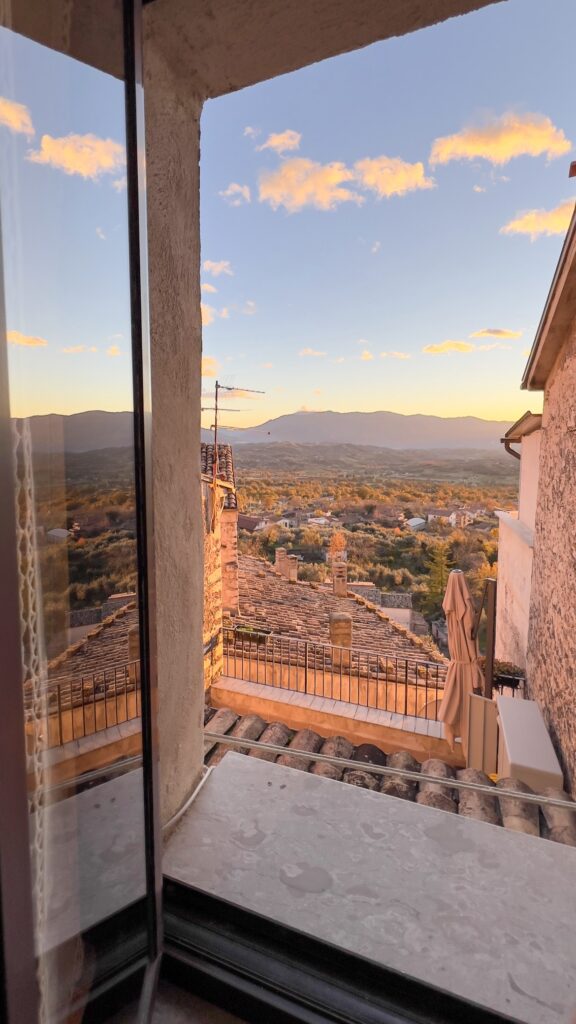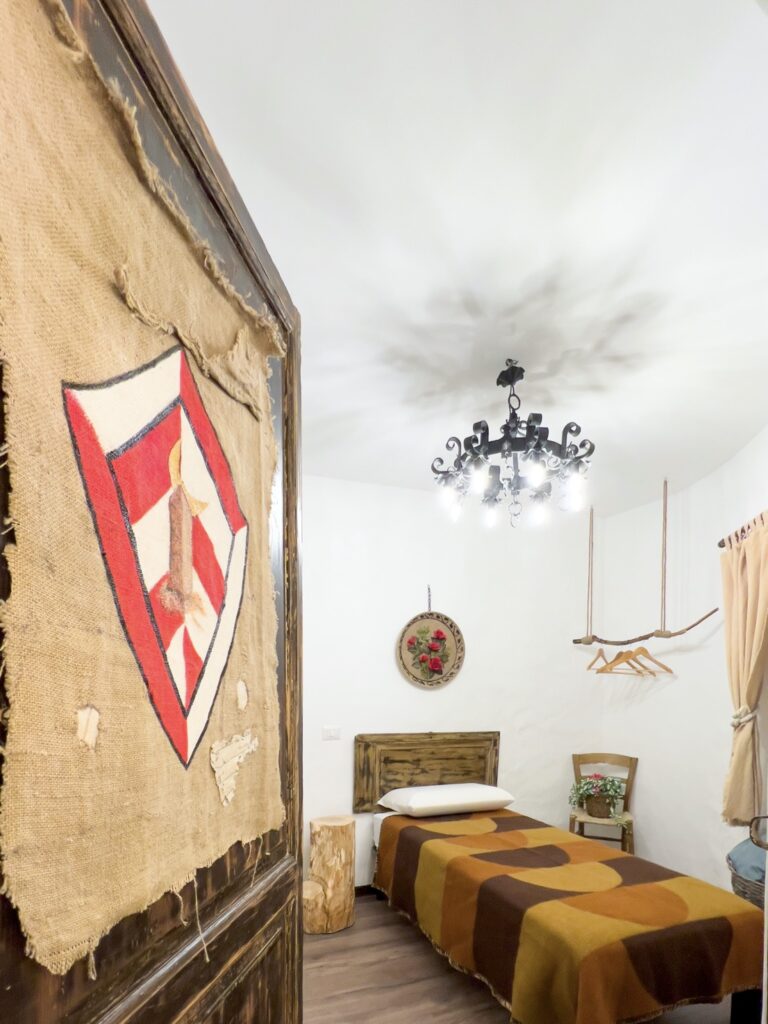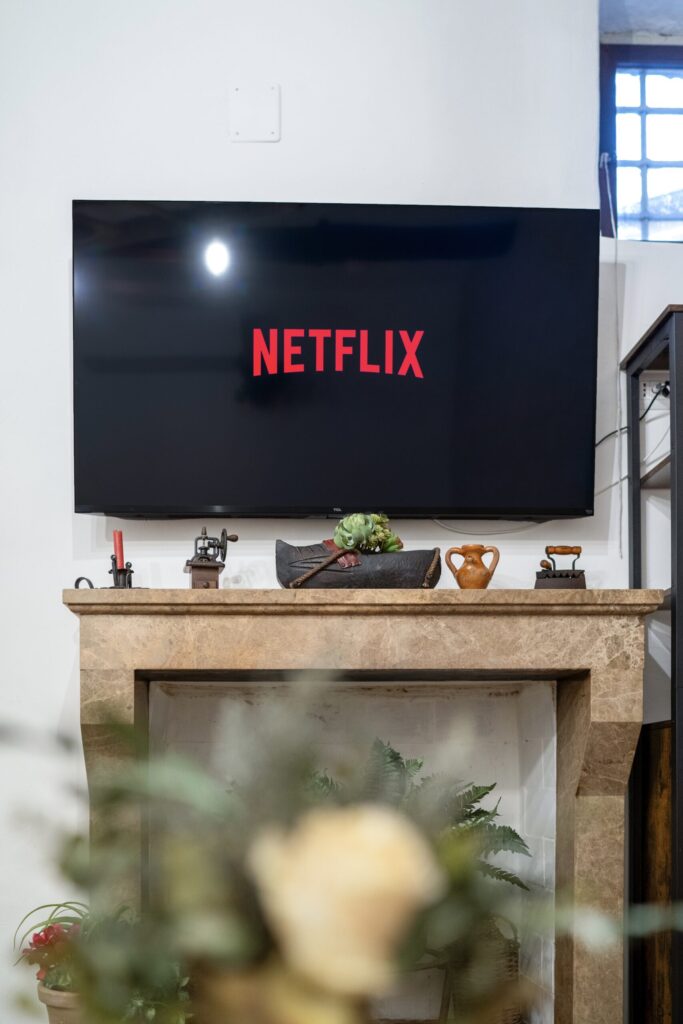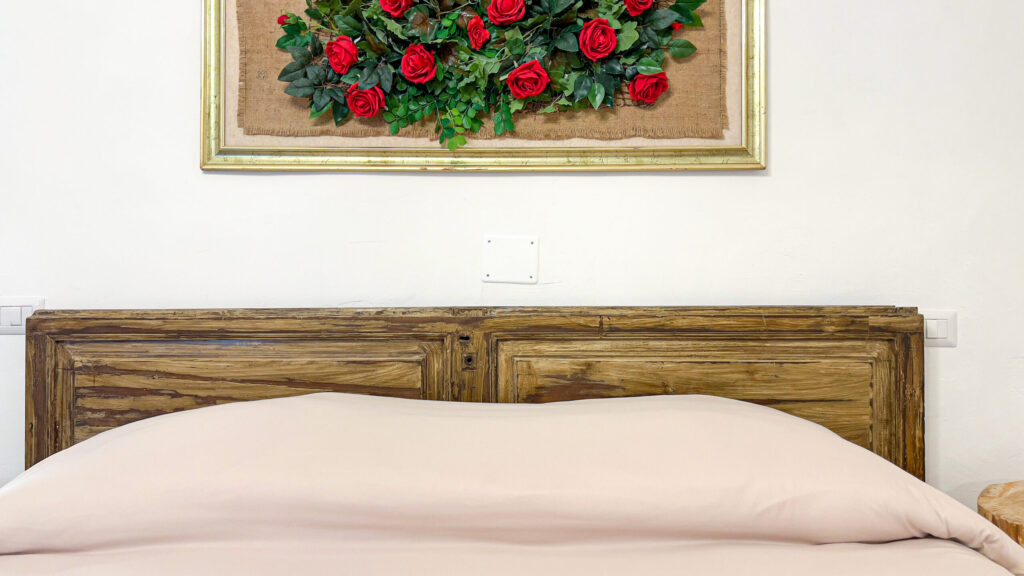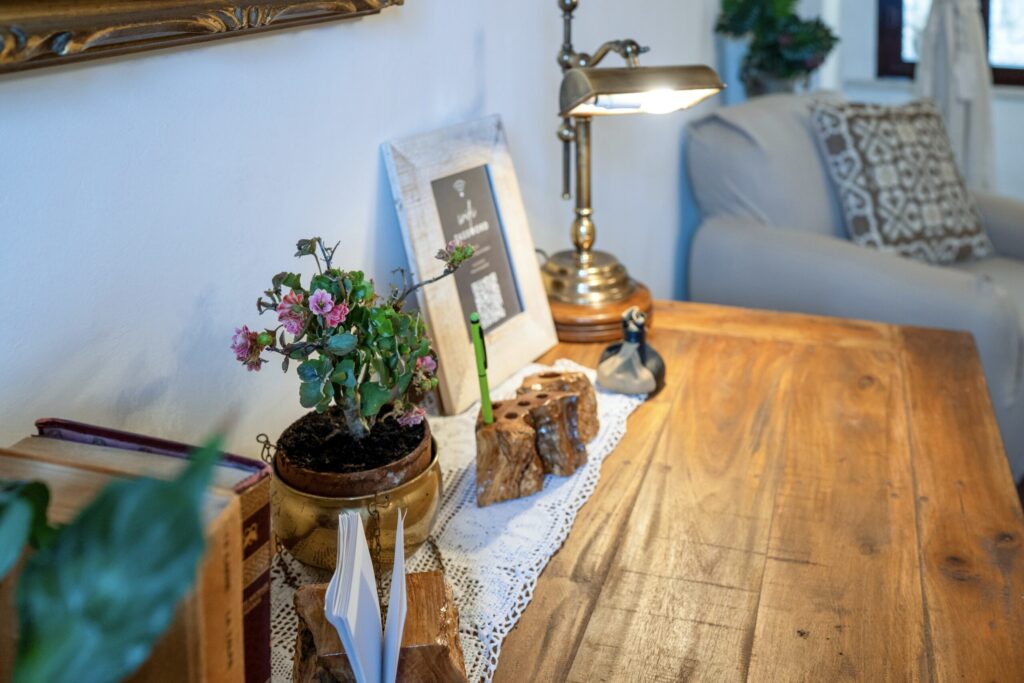
Close

In the historical centre of Anagni stands the Palace of Boniface VIII, the site of memorable events of the European Middle Ages.
ADDRESS
ACCESSIBILITY
By car
DISTANCE
66,9 km
Anagni, known as the city of the Popes, was the birthplace of four popes and was a papal residence for a long time. In the historical centre, made up of elegant and austere buildings, Romanesque churches, bell towers, loggias and squares with sober and essential architecture, stands the Palace of Boniface VIII, the site of memorable events of the European Middle Ages.
I see the cornflower in Alagna, and Christ being a Catholic in his vicar; I see him mocked once more; I see the vinegar and gall reviving, and among living thieves being anointed. (Dante Alighieri – 20th Canto of Purgatory)
The epilogue of a clash between two visions of power: Boniface VIII asserted the universal and eternal power of the church; Philip IV found himself the king of Europe’s first nation-state, with great financial needs. At the beginning of 1296, Philip IV taxed the French clergy, forbade the export of money, gold and silver out of the kingdom, claimed the right to judge French clerics and repeatedly contravened all of Boniface VIII’s warnings. Philip believed that he was accountable only to God and judged Boniface VIII to be an unworthy pope. After repeatedly risking excommunication, he sent William of Nogaret to Italy to organise the party against Boniface VIII and bring the pope before a general council.
Boniface was now ready to excommunicate the king, but he did not make it in time: on 7 September 1303, over a thousand mercenary men led by Giacomo Sciarra Colonna joined him at Anagni.
The enemies entered through the gates already opened by the pope’s traitors, among them the great-grandsons of the other Anagnine pontiff, Gregory IX. The attackers shouted: “Long live the king of France, die Pope Boniface!”.
Negotiations began, Sciarra demanded surrender and resignation from the papal throne and the pope refused. Boniface was prepared for martyrdom and responded to Sciarra’s fury by saying: ‘And the col and the cape! Nosco primogenitum Sathane’ ‘Here is the neck, here is the head! I recognise the first-born of Satan’. And it is on this occasion that Sciarra Colonna is said to have slapped Pope Boniface VIII. Translated with www.DeepL.com/Translator (free version)
